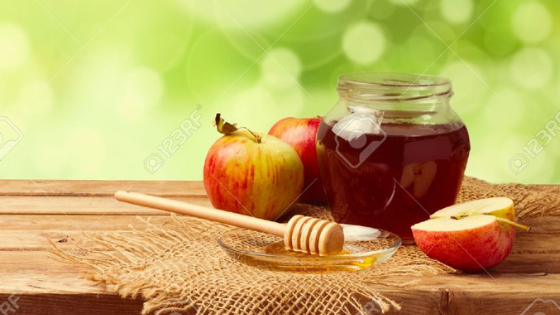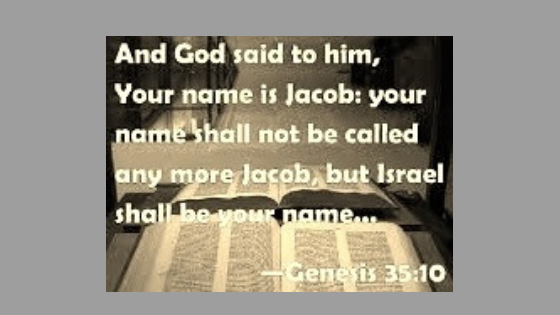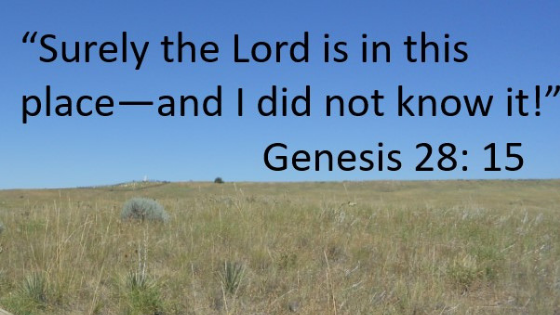 Nitzavim, “you stand (firm)”. Today is the Shabbat before Rosh Hashanah, an end of a bitter year, and the beginning of a good and sweet year. The Torah reading presents different themes, such as the unity of Israel, of desolation and redemption, the importance of Torah and choices. The Haftarah today depicts fundamentally the celebration of future freedom. Today’s readings and the holiday food – apple and honeyseemingly present some connections.
Nitzavim, “you stand (firm)”. Today is the Shabbat before Rosh Hashanah, an end of a bitter year, and the beginning of a good and sweet year. The Torah reading presents different themes, such as the unity of Israel, of desolation and redemption, the importance of Torah and choices. The Haftarah today depicts fundamentally the celebration of future freedom. Today’s readings and the holiday food – apple and honeyseemingly present some connections.
Moshe summons the entire Israel to “turn around toward” or “to be returned” (וְשַׁבְתָּ עַד: shavta ad) and “to return” (תָשׁוּב: tashuv), who stand before their past, and their old selves. For some Jewish sages, the play of words is a process of realization, repentance, return and renewal. The Hebrew phrase, shavta ad summons us to choose (וּבָחַרְתָּ:u’bacharta) to “turn around towards” G-d. Gaining a deep realization of the self is an invitation to a new way of life, tashuvathat is, a life with G-d. The tashuva is a choice for a sincere repentance, desire to return and commit to a renewal of life (חַיִּים: hayim). In the book of Deuteronomy, the Hebrew people are in exile, which can be analogous toa relationship away from G-d, a sort of spiritual suicide. Nonetheless, even a cynical sinner can sense G-d, because the mitzvah is in “our mouth (b’al peh), in our heart” (בְּפִיךָ וּבִלְבָבְךָ)in the mouth, in the inner person, is in the heart, mind and will. This means that each of us has a neshamah that is,a piece of the Divine, hence, we can look inward, and see more clearly our being. Given that we have a neshamah, that is abundant, or even infinite, we have the utmost opportunities to direct ourselves to G-d, to achieve a deeper level of connection, and eventuallydesire to be home with the Divine. In fact, G-d does not only wait for our return home, but more so G-d brings us to authentic life that is home itself. We sense authentic freedom only when we choose life over death.
Similarly, the Rosh Hashanah is a feast of repentance and renewal of life depicted with its food, anapple and honey. Many believe that an apple has healing properties, while honeygivesaddedstrength. In this case, it is good to begin the year with a renewed spirit, healed from past hurts and aches, and have the strength to face challenges ahead in the coming year. The apple and honey are not on our table, but this sweetness and strength are always inside of us; the neshamahineach one, helps us to stand firm, reflect, and give clarity about the person we have become in the past year, and ofremorse for the wrong we did, and hope for G-d’s grace, forgiveness, and peace. Seeing matters about our self with clarity, let us desire, and nitzavim to realign our self towards G-d, who is our Home, and who will bring us all Home. It is indeed a Home Sweet Home when we choose life. Shana Tova U’metukah! (שנה טובה ומתוקה: A Good and Sweet Year!)
Reflection and Discussion:1.In looking back to our past year, what do you deeply regret for doing or not doing?2. How did such action or inaction affect your core character? 3. What concrete action will you do to correct the wrong you did in the past? What sort of person do you wish to be this year?
This week’s Parashat Nitzravim Commentary was prepared by
Kristine Meneses, Ph.D., Phiippines, Bat Kol Alumna 2016
Email address: krstn.rw@gmail.com
[Copyright © 2018]
………………………………………………………….……
PLEASE NOTE: The weekly Parashah commentaries represent the research and creative thought of their authors and are meant to stimulate deeper thinking about the meaning of the Scriptures. While they draw upon the study methods and sources employed by the Bat Kol Institute, the views and conclusions expressed in these commentaries are solely those of their authors, and do not necessarily represent the views of Bat Kol. The commentaries, along with all materials published on the Bat Kol website, are copyrighted by the writers, and are made available for personal and group study, and local church purposes. Permission needed for other purposes. Questions, comments and feedback are always welcome.



